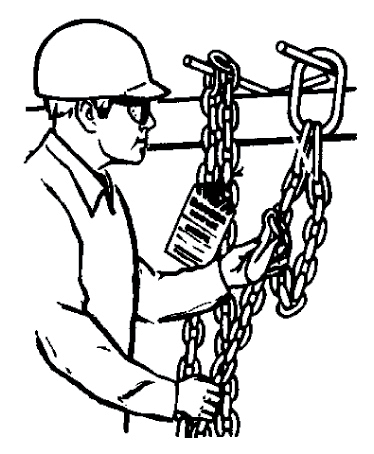Related: Lifting & Rigging Equipment & Chain & Wire Mesh Sling Inspections
Let’s start out with a fictional, but still possible scenario as to what could happen if you don’t have regular chain sling inspections:
Imagine it is an average day on the factory floor, and a large, heavy, oddly shaped object needs to be moved from one side of the factory floor to the other. So the workers break out the chain sling, they are under a lot of pressure to meet a deadline, so no one completes a frequency inspection of the chain sling.
They assume that it has had its regular inspections, they assume that it has been properly maintained, they believe that the last time someone used the chain sling it was given a frequency inspection, and because they are faced with an encroaching deadline they believe that everyone else has taken the proper steps and so they don’t have to make sure the chain sling is safe to use.
What they don’t know is that there is no inspection schedule in place, so the last time the chain sling was inspected by a professional was when it was first bought, they don’t know that the past ten times the chain sling was used was under similar conditions, under pressure to get the job done, what they don’t know is that this particular chain sling should have been retired months ago.
What they didn’t know could have seriously harmed the workers, luckily in this scenario the chain didn’t break, but it could have, and it may the next time it is used.
Chain slings need to go through the three stages of inspection (initial, frequent and periodic) to ensure they are safe to use.
Initial inspections should occur when the chain sling is first installed to make sure it was not damaged during transit.
A competent person who should look out for the following should complete frequent inspections:
All of the identification tags are still in place i.e. size, reach, working load limit, serial number, manufacturer’s name and sling-type
They should ensure the chain is cleaned and hanged vertically for inspection
They will measure the reach accurately from the master ring to the bearing point of the hook, and ensure the length matches the number shown on the tag
They should then do a link-by-link inspection and look for any excessive wear, twisted, bent, gouged, nicked, worn or elongated links, any cracks in the weld areas and check for any severe corrosion
Periodic inspections should take place at least annually, but depending upon the usage of the chain sling it may require semi-annual or quarterly inspections (talk to your inspector to work out an inspection plan that is right for your business). Periodic inspections are important because they are completed by trained professionals who will be able to spot things that may be missed during frequent inspections.
Not knowing how to use the Chain Sling can be just as dangerous as an infrequently inspected chain sling so here are some operating tips:
Make sure your load does not exceed the load weight before lifting
Make sure the chain sling fits freely i.e. don’t force or wedge the chain slings or fittings into position
Complete a trial lift and lower to ensure the load is well balanced, stable and secure
Pad any sharp corners to prevent any bending links and to protect the load
Ensure the hooks of multi-leg slings are facing outward from the load
Do NOT leave suspended loads unattended
When done using them store chain sling arms on racks that are located in a dry, clean area which is free from any contaminants
At the end of the day, any number of accidents can occur that are completely out of our control, but we can limit the potential ones that are within our range of control. This is why it is important to ensure your chain slings have regular inspections and maintenance on top of ensuring your workers have the proper training on how to use a chain sling because being proactive is the best way to prevent potential injuries from occurring in the workplace.
Have you ever used a chain hoist?
Have you ever experienced an accident with a chain sling?
Are you the competent person who daily inspects the chain slings?
Share your thoughts and comments below!


